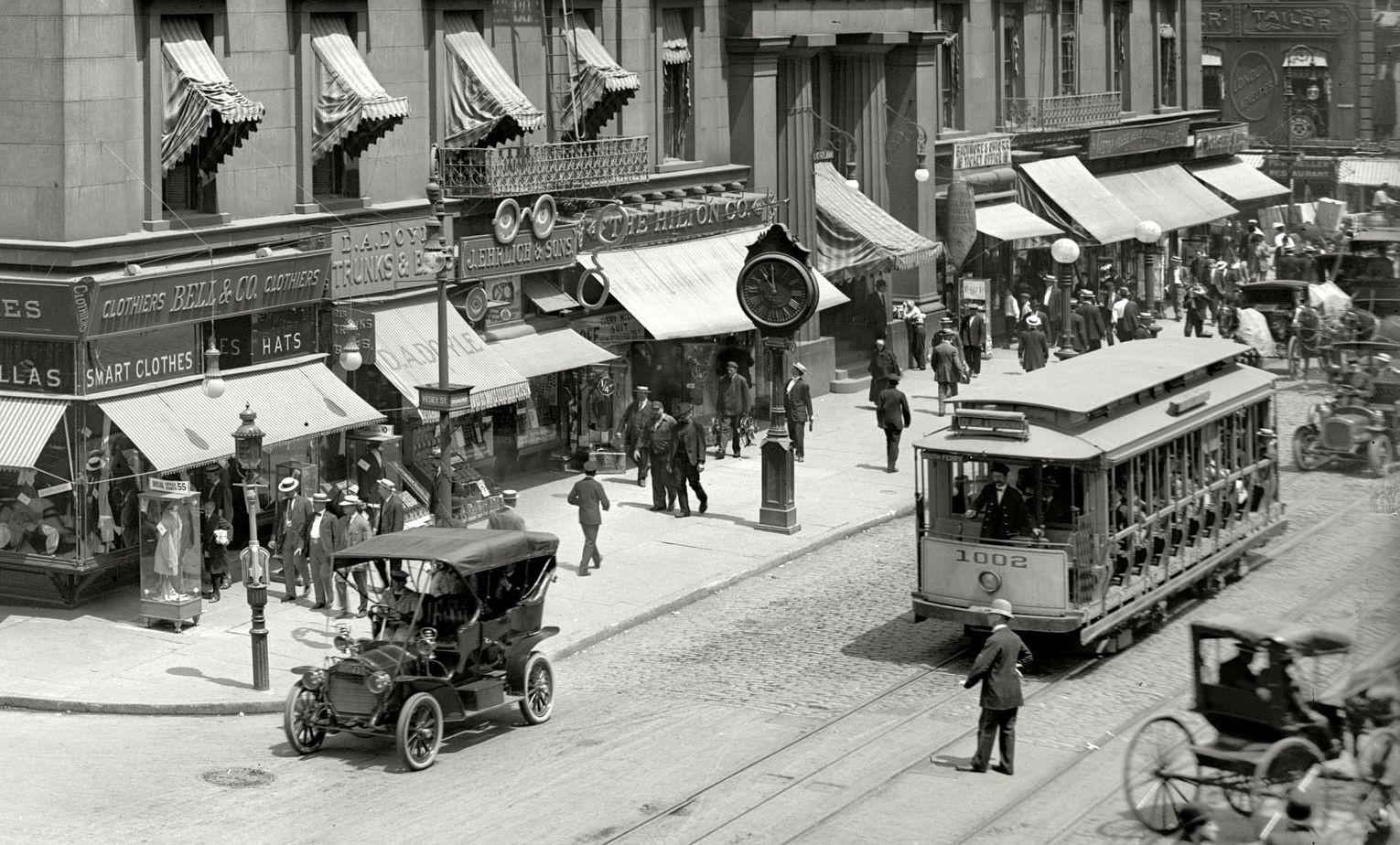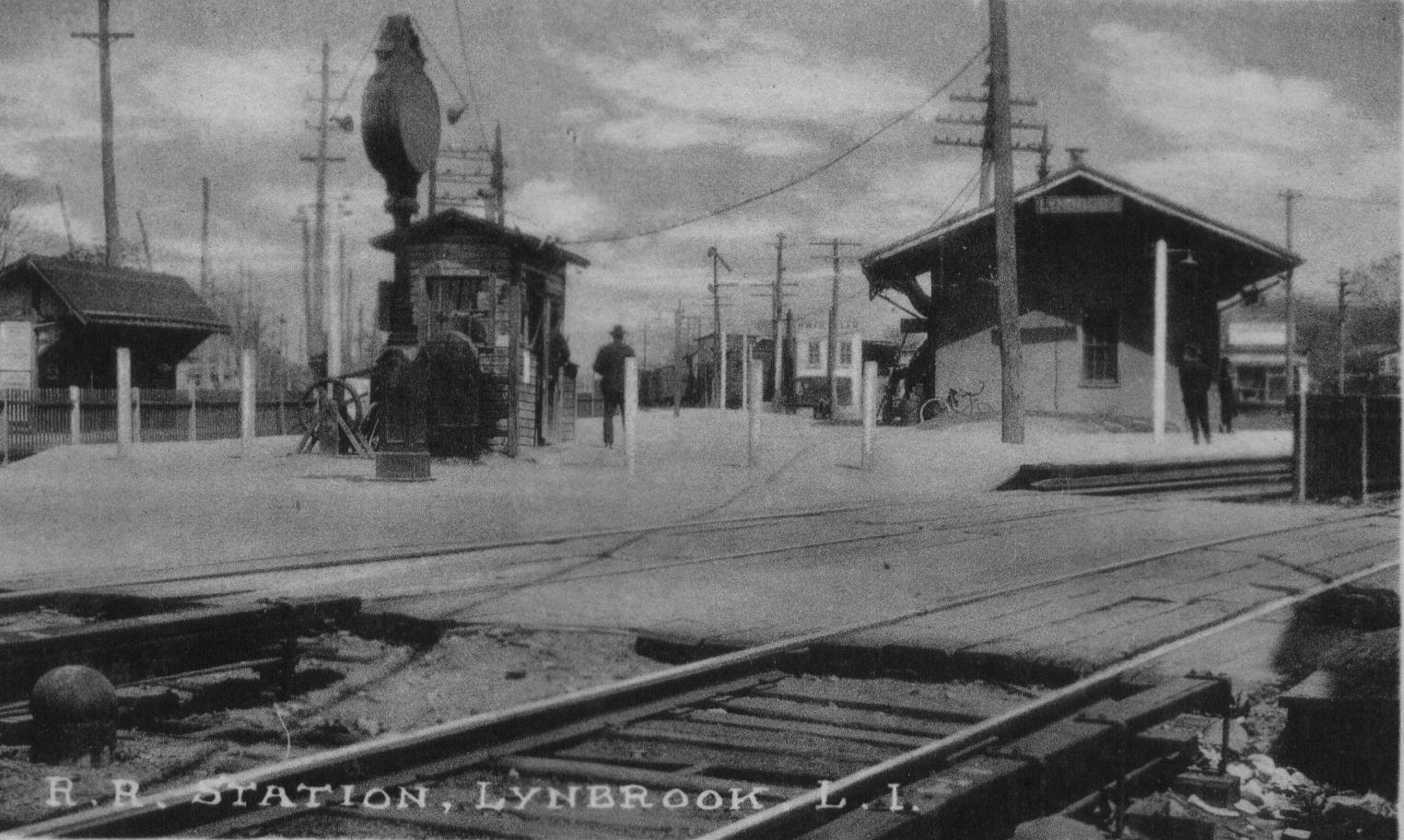Somewhere in Time: the search for a clock
The Astor House Hotel and the Lynbrook clock connection
There is a surprising, 100-year-old connection between the Village of Lynbrook and the Astor House, a New York City hotel that was once the most famous and luxurious in the world. What joined the two was a clock — the since- long-lost Lynbrook Station clock. This is how it all happened.
In 1836, America’s first multi-millionaire, John Jacob Astor, leveled a residential block at Broadway and Vesey Street in lower Manhattan and built the 309-room Astor House Hotel. It soon became “the place to stay” for the rich and famous of pre- and post-Civil War New York. Indeed, before hostilities broke out, both Abraham Lincoln and Jefferson Davis were guests at the hotel.
After the war however, hotels far more luxurious than the Astor House were built uptown, and the Astor gradually began its decline. Around 1890, the hotel tried to improve its curb appeal by adding awnings and placing flags on the roof. It also installed a 15-foot tall, freestanding, E. Howard & Co. street clock near the hotel entrance.
But business continued to fall. The final chapter came in the years 1911 through 1913, when the world’s first skyscraper, the Woolworth Building, was built next door to the hotel. The construction noise destroyed the hotel’s business. The final straw fell when a freshly dug subway line weakened the hotel’s foundations. In 1913, the Astor House was demolished, and an office building was built on the site.
And that is when the “Lynbrook Clock Connection” began.
It is uncertain precisely who brought the Astor House Hotel clock to the Lynbrook train station, but it all came about thanks to the Lynbrook Civic Club. It seems that some club members who commuted daily to downtown Manhattan regularly set their watches to the Astor House Clock. On hearing that the clock was to be removed so that the hotel’s demolition could proceed, the Civic Club negotiated with the Astor family (John Jacob’s descendants still owned the property) to have the beloved clock relocated to the Lynbrook LIRR Station. That way thousands of daily commuters on the Babylon and Long Beach lines could see it each day.

 44.0°,
Mostly Cloudy
44.0°,
Mostly Cloudy 







